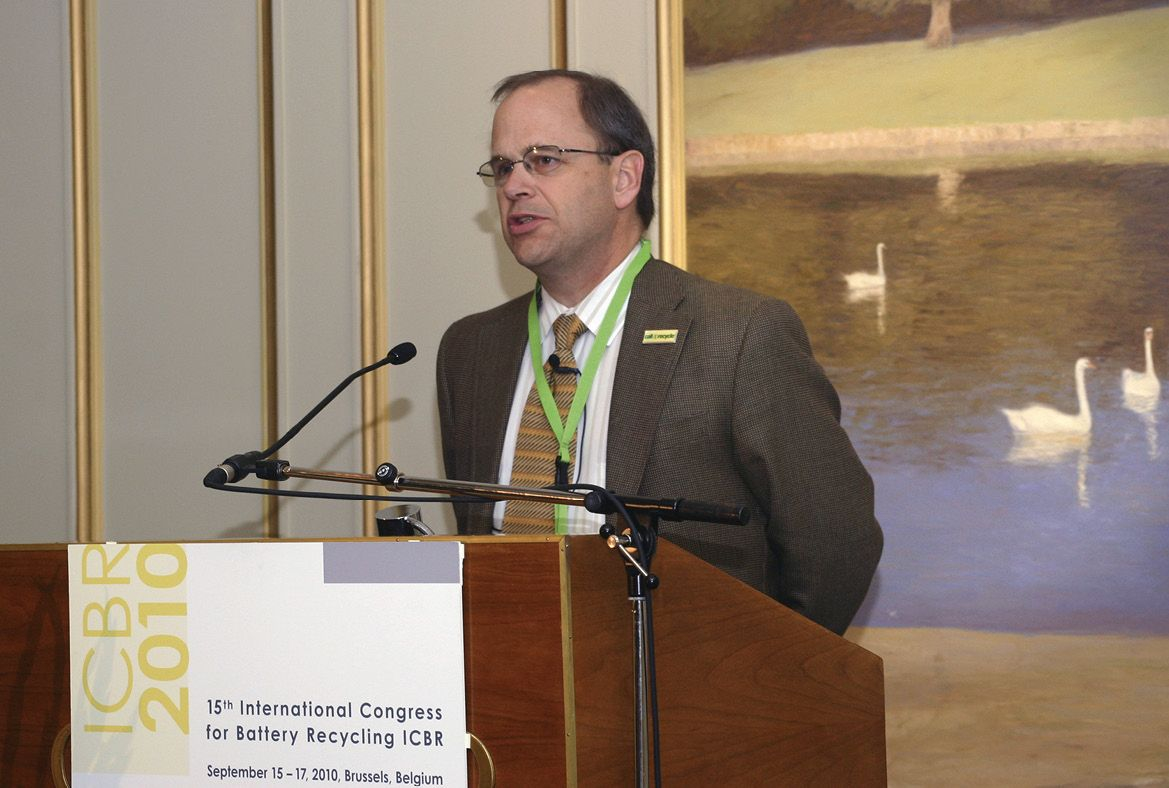pv magazine: Having served on the board of the GEC for over a decade, how do you view renewable energy components in terms of their sustainability?
Carl Smith: If you look solely at products while they are in use, renewable energy sources, including solar, are a tremendous plus over traditional fossil fuels. What we’re trying to ensure is that people recognize that you also need to look at how the products are manufactured across their full lifecycle, including extraction of raw materials all the way through to reuse or end-of-life processing. It’s crucial to ensure that the manufacturing process doesn’t mitigate or offset the actual use of renewable energy. That includes batteries.
How does the GEC do that?
The Global Electronics Council is best known for being the manager of a Type 1 ecolabel called EPEAT. EPEAT uses third-party verification to ensure solar products conform to leadership levels of sustainable performance. Pertinent to this conversation, EPEAT is in the process of launching ultra-low and low carbon solar criteria for our PVMI [PV module index] product category – essentially solar equipment.
Batteries differ from solar modules and inverters because of high-value, scarce-material content. Has battery end-of-life status been more in focus than for solar kit?
Absolutely it has because of the critical materials that are increasingly used in batteries. Taking a step back, lithium-ion batteries have revolutionized many industries; the one that gets the most prominent attention is the automobile industry and EVs [electric vehicles]. But I think it has also been a huge boon to solar energy because of its incredible performance capabilities, to not only capture and store but also redistribute the energy the solar panels capture. The issue with those batteries has to do with their lifespan, recyclability, ease of disassembly, and their possible reuse in smaller storage arrays after their initial use has been exhausted. We’re not yet at the point where we’re seeing enough of them come off the market to have a clear end-of-life cycle of how they can best be used.
It’s a chicken-and-egg situation?
Yes, the market hasn’t formed but you know that the market must form. There must be a much clearer way of handling these batteries at end of life. We haven’t hit the crunch where these storage batteries are coming off the market, when we have to determine how to best handle them.
Could batteries have EPEAT ecolabels?
It would be very complicated to develop an ecolabel for batteries. For example, a LFP [lithium iron phosphate] battery is not as recyclable but is cheaper and safer – does that mean it deserves a [ecolabel] seal over an NMC [nickel-manganese-cobalt] battery?
Is the diversity of battery chemistries the challenge?
That’s right, but it’s only one of the challenges. The technology is changing so rapidly. Lithium-ion batteries, five to 10 years ago, were almost non-existent except in certain applications. Ten years from now, while there will still be lithium-ion batteries, their underlying chemistry will have changed dramatically – both towards solid-state batteries and others that use different types of metals. It takes a long time to put together an ecolabel seal that looks at all sorts of performance components and if the technology is changing every one or two years, it becomes very difficult keep up.
Do different chemistries present recycling challenges?
Absolutely. With LFP batteries, while they may have a high probability of reuse at end of life, the amount of critical materials that can be harvested from them is quite low. They are very difficult to recycle. The lithium-ion recyclers are struggling to figure out how, in fact, they can make money or even break even on processing LFP batteries. It’s important to point out that LFP batteries are increasingly the batteries used with solar panels. By contrast, NMC batteries have tremendously high value to recyclers and can also be used for reuse. At “true” end of life, they have much higher value than the LFP batteries.
You’ve used the term “true” end of life. How important is reuse for battery sustainability?
It is very important but its success will vary tremendously based on how it has been used, how it’s anticipated to be used, and the type of battery. For instance, even in the US you will see people try to harvest laptop batteries and test them to see if they keep 80% or 85% of their original state of charge, then sell them into Asia, and see them come back as batteries for e-cigarettes or powerpacks.
There is also a difference between refurbishment and reuse. Am I simply going to fix it so that it is used in the same application that it was used in before – and you see a lot of that in used EV batteries – or am I going to take it, test it, and find out whether I can use it in a totally different application where the performance requirements aren’t as great? When I say, “true” end of life, I mean when you can’t reuse or refurbish it at all, and all you can do is recycle a battery to harvest the materials in it.
Is the revised EU battery directive a positive development?
For the battery manufacturers and the stewards that have to figure out how to meet the collection targets, it’s a pretty awesome challenge. But in terms of promoting reuse, limiting waste, and tracking the waste stream, then it’s a very positive development. There are some really ambitious targets and performance goals that are in that revised battery directive. The collection rates in there for batteries are not currently being met by many countries and it will be very difficult for some member states to meet the targets.
This content is protected by copyright and may not be reused. If you want to cooperate with us and would like to reuse some of our content, please contact: editors@pv-magazine.com.

